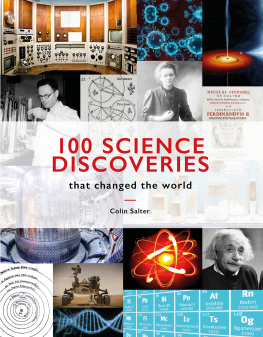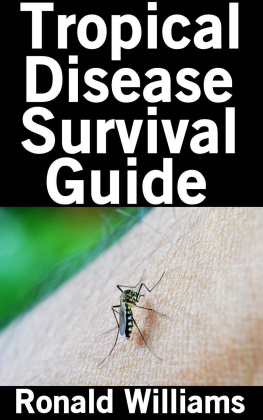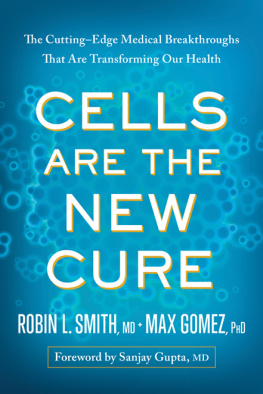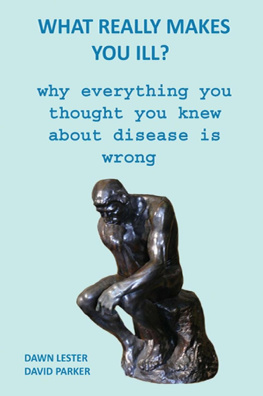Colin Salter - Science Is Beautiful: Disease and Medicine: Under the Microscope
Here you can read online Colin Salter - Science Is Beautiful: Disease and Medicine: Under the Microscope full text of the book (entire story) in english for free. Download pdf and epub, get meaning, cover and reviews about this ebook. year: 2017, publisher: Batsford, genre: Romance novel. Description of the work, (preface) as well as reviews are available. Best literature library LitArk.com created for fans of good reading and offers a wide selection of genres:
Romance novel
Science fiction
Adventure
Detective
Science
History
Home and family
Prose
Art
Politics
Computer
Non-fiction
Religion
Business
Children
Humor
Choose a favorite category and find really read worthwhile books. Enjoy immersion in the world of imagination, feel the emotions of the characters or learn something new for yourself, make an fascinating discovery.
- Book:Science Is Beautiful: Disease and Medicine: Under the Microscope
- Author:
- Publisher:Batsford
- Genre:
- Year:2017
- Rating:4 / 5
- Favourites:Add to favourites
- Your mark:
Science Is Beautiful: Disease and Medicine: Under the Microscope: summary, description and annotation
We offer to read an annotation, description, summary or preface (depends on what the author of the book "Science Is Beautiful: Disease and Medicine: Under the Microscope" wrote himself). If you haven't found the necessary information about the book — write in the comments, we will try to find it.
Our understanding of disease and the powers of medicine today are unparalleled, and their documentation has increased signficantly. Science is Beautiful collects the most fascinating microscopic photographs of our diseases along with the medicines we use to treat them. These photographs are profoundly fascinating and also beautiful. Featured are some of the most illuminating microscopic images of bacteria, viruses and cancers ever captured, now made possible by electron micrograph technology. Potentially fatal diseases such as cancer and Ebola are included, and minor complaints such as Staphylococcus bacteria and dental plaque are shown for their surprising beauty. Other photographs reveal what human cells look like when suffering from Alzheimers, from osteoporosis, or from HIV. It also uncovers some diseases specific to animals. But there are also dazzling images of the crystals, powders and potions that we take to cure ourselves, including magnified versions of aspirin, insulin, morphine and caffeine. This collection of images, as beautiful as any artwork, can be enjoyed purely as a visual voyage but also as a way to understand more of the science behind the image, whether its the work of a meningitis virus, our chromosomes in a cancer cell or the breakdown of painkillers. Each image includes the scale of the photography as well as the scientific details in laymans terms.
Colin Salter: author's other books
Who wrote Science Is Beautiful: Disease and Medicine: Under the Microscope? Find out the surname, the name of the author of the book and a list of all author's works by series.
















